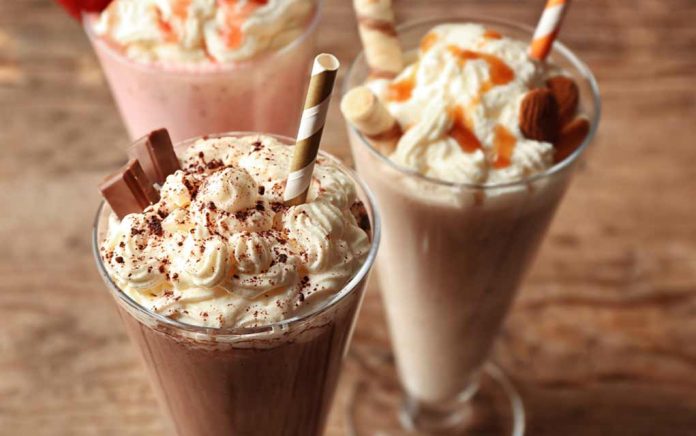
(HealthyResearch.com) – If you’re trying to avoid gluten for health reasons or because you have a sensitivity to it, you’re not alone. But you might be accidentally ingesting gluten because it’s found in so many products. Here are six places where gluten often hides, so you know to ask questions and check labels on your next shopping trip.
1. Milkshakes
For anyone who likes malted milkshakes, the malt itself contains gluten because it’s made from barley. A lot of people don’t think about a milkshake putting them at risk, but it’s important to remember to avoid things with real malt. There are “fake” malt options today, which are made from pseudo-grains and don’t have any gluten in them. Those can be a better choice for anyone who wants or needs to keep gluten out of their diet.
2. Medications (Prescription and OTC)
Even though it’s technically not a food, medications can also contain gluten. While that’s certainly not the case with all medications, many of them use gluten as a binder. Check the labels on OTC medications, and talk to the doctor or pharmacist about anything that’s not clear. It’s possible to get almost all types of medication without gluten in them, but asking for that specifically may be necessary.
3. Beer
Like a good milkshake, a good beer often contains barley. That means it’s also full of gluten, but there’s no reason to give up beer completely because of this. A lot more craft beers are coming onto the scene today, and many of them are made with wheat or rye, but a few contain sorghum syrup, rice syrup, millet, buckwheat and chestnuts.
While wheat and rye are still off the table due to gluten content, sorghum, rice, millet, buckwheat and chestnuts are all safe alternatives for those who have a gluten allergy or want to keep gluten out of their diet. Read labels carefully, as some craft brewers who brew gluten-free beer do not provide “dedicated gluten-free beers.”
4. Soups
Watch out for thicker or cream-based soups, as these can easily contain gluten as part of their base ingredients. Flour or wheat is often used as a thickener, and soups with pasta in them also contain gluten. The majority of gluten-free soups will be labeled that way, so customers looking for them will know they’re safe.
5. Shampoos and Body Washes
One very unlikely place for gluten to hide is shampoos and body washes. While many people who are just trying to keep gluten out of their diet still use these products, people who have a severe allergy to gluten — such as celiac disease — will need to check labels carefully. Products like body washes and lotions get absorbed through the skin in small amounts, and in some people that can be enough to produce an unpleasant reaction.
6. Processed Lunch Meats
While many lunch meats are gluten-free products, that’s not true of all brands. Seasonings to give the meat flavor and binders to hold it together properly often contain barley, wheat, or rye. Checking labels and asking the butcher for information can help people with gluten sensitivity avoid the risk.
Sometimes it’s hard to know what’s in everything you’re eating and drinking, or the products you’re using on your skin, but a good understanding of what’s listed on labels and a little bit of research may help. If you or someone you know is sensitive to gluten, being able to choose foods, beverages and care products without risking a reaction may give you some confidence and comfort.
~Here’s to Your Health & Safety!
Copyright 2021, HealthyResearch.com
















